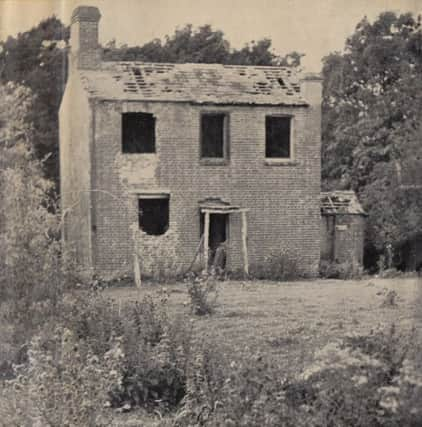Compelling story of a year living in a rat-infested Sussex ruin


Copsford, described as an under-appreciated classic, will be re-published on Monday, January 28 – more than 70 years after it first appeared on bookshelves.
It was in 1920 that a young man named Walter Murray spent a year in the ruinous home that gives his book its title, working in the lonely countryside among the wild animals and birds with only a dog, Floss, for companionship.
Advertisement
Hide AdAdvertisement
Hide AdFrom the beginning, Murray has to fight not only the rats that infest the inhospitable Copsford, and the elements outside, but also a loneliness that he finds soul-shatteringly oppressive.
But he comes to delight in his simple life, despite its deprivations. Above all, he appreciates the wildlife he experiences in meadow and woodland, the animals and insects, birds and butterflies. And he comes to a deeper understanding of plants and trees, the sun, wind, rain, frost and snow.
In beautiful and sensitive prose Murray expresses a vivid depth of feeling for nature, evoking scent, colour, sound and movement.
Born in Seaford in 1900, at the end of the First World War he moved to the Wealden village of Horeham Road (the name was changed to Horam in 1925), where his father had become the vicar in 1918.
Advertisement
Hide AdAdvertisement
Hide AdUnable to find work locally, he yearned to escape from his life as a journalist in London.
Murray formed the modest plan of moving back to the countryside to make a living collecting and selling herbs. He had few resources and could only secure the derelict cottage Copsford “some distance from the ordinary services and comforts of civilised life” to the west of Horam.
It is “a mile from anywhere”, writes Murray (elsewhere he claims it is two) as he describes the “impressive ... repellent isolation” of the position.
Copsford is a quietly compelling account of a way of life that was considered eccentric even in 1920.
Advertisement
Hide AdAdvertisement
Hide AdMurray was later to become a teacher, founding a small school in Horam which was still in existence in 1965. He died in 1985.
Published by Tartarus Press and richly illustrated, Copsford is priced at £35.